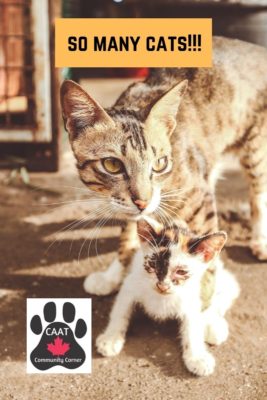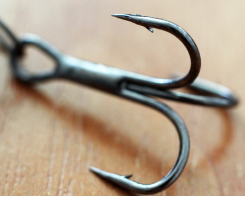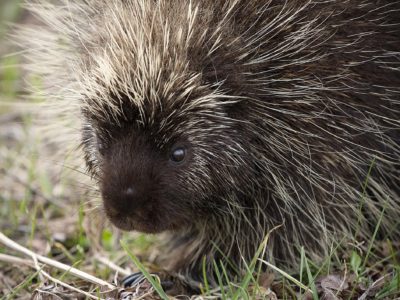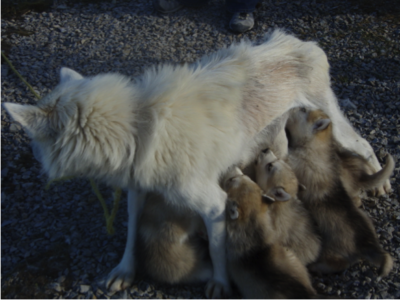Feral / Community Cat Colony Care
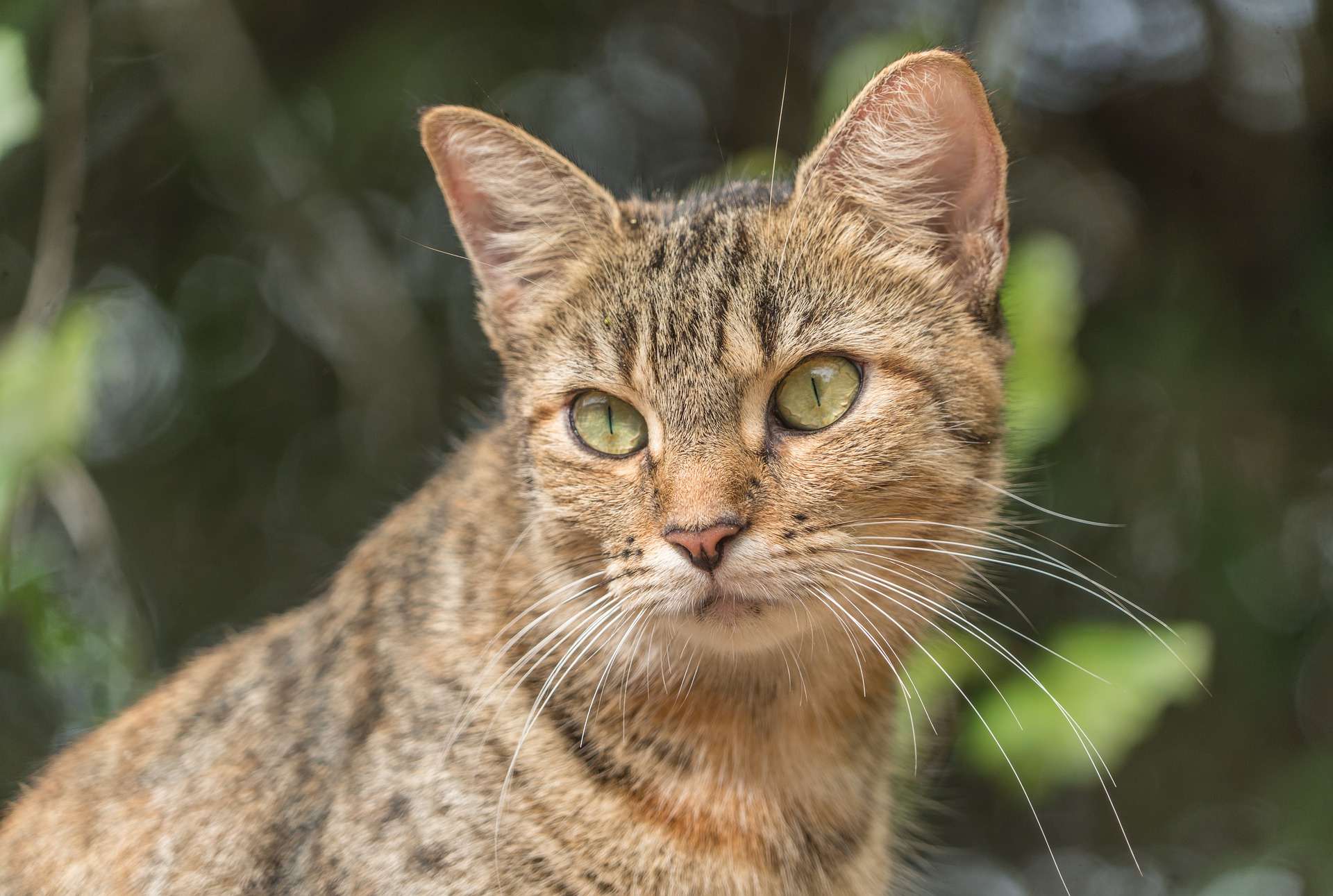
Feral Cat Colony Care
Do you have a feral or stray community cat colony that lives near you? Do you help them out in your community?
We’ve been working with communities to work on feral cat care and feral cat population control. Some people enjoy the cat colonies that exist in the communities we visit, and other people really don’t like having feral cats around outside. There are numerous solutions for reducing cat colony populations. Did you know that removing cats or rehoming cats that live in a cat colony could actually increase the number of cats in that colony? It’s called the “vacuum effect” – when one cat moves out, more cats move in. This can lead to more fighting within the colony, and decreased colony health.
The most effective way to control the colony is to trap them, spay or neuter them, then release them back to their colony. This will maintain the colony as is and stop new cats from filling in the space left by cats that do not come back. The spayed/neutered colony of cats cannot reproduce. While this is a wonderful solution, we do realize that spaying and neutering simply isn’t available in most communities. In this case, sometimes maintaining the colony and supporting their health can play a big role in keeping the numbers stable and preventing it from getting larger.
Here are some basic pointers for feral cat colony care that you might find helpful.
Provide food and water sources
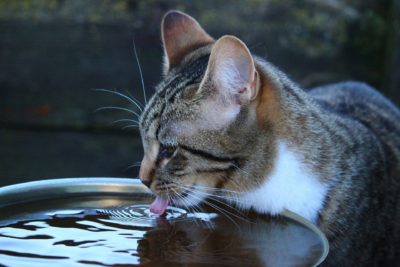
- Cat colonies can be self sufficient, but when food sources become less available, or when it’s difficult for them to hunt, they would benefit from some help
- The key here is once you start, make sure you continue to provide for them as much as you are able to
- If you’re providing cats with food or water, they will start to learn that your location is a reliable source of nourishment for them. If you’re heading out of town, try to have someone else take over the food and water duties while you’re away
- Remember, in the cold winters the cats will need more food to stay healthy, and their water sources will need to be checked daily/nightly to prevent freezing
- Using dark coloured bowls in the winter can help absorb the energy from the sun and slow down the risk of the water freezing
Provide safety
- These cats have a lot of hazards in our communities – roaming dogs, eagles, large mammals might put the cats at risk. And we know that food and water could attract them all to your location
- When setting out food, try to place it in an area that is not easily reachable by dogs, and doesn’t leave the cat exposed
- Placing the food and water on an elevated, hidden surface can be helpful for the cats
- If they can eat while hiding, it will help them to feel secure in your feeding station
- If you’re feeding them daily or twice daily, you can remove uneaten food a half hour after feeding to avoid attracting wildlife to the area
- Kibble will attract less flies and insects
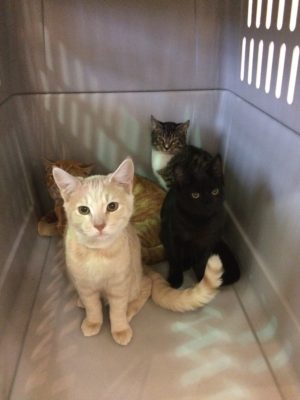
Getting them Spayed and Neutered
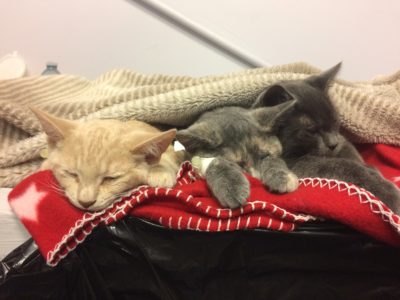
- Trapping feral cats is quite a process and it will take planning and preparation. If you have a team coming to your community to spay and neuter, reach out to them early to ensure they can help you with your cat colony care
#CAATCommunityCorner

